Smart Shell
As autonomous driving technology continues to advance, we anticipate that time spent in transit will increasingly become a form of "in-between time," leading to a diversification in how individuals spend their time within the vehicle cabin.Our goal is to enhance the quality of in-vehicle experiences by offering immersive experience in personalized environment. By engaging all five senses and integrating hardware and software, we aim to elevate the experience through cross-modal.

・Shell unit structure to realize personalized environment
・Equip the device to stimulate sensory organs
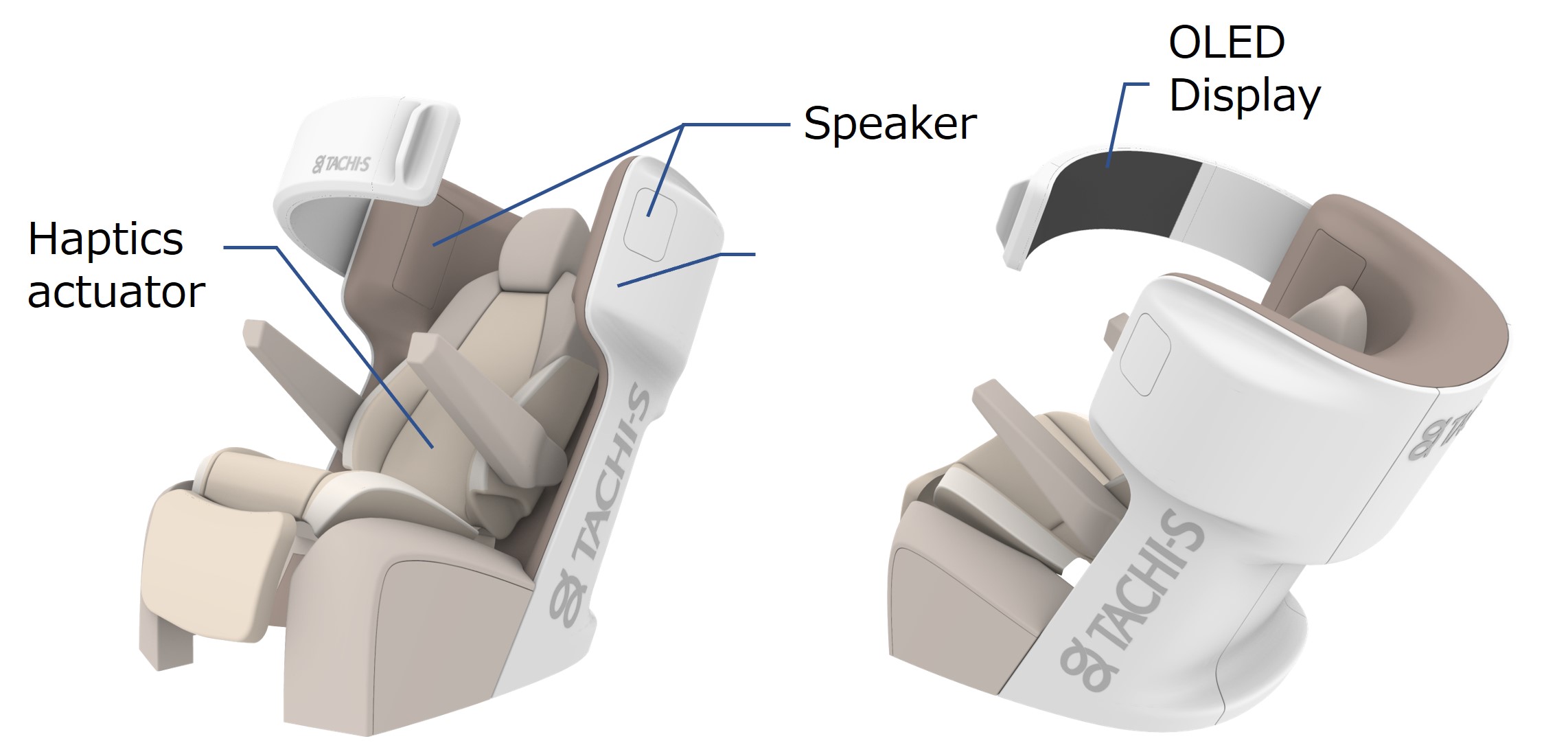
・Contents(Picture+Sound+Scent+Vibration)
By synchronizing functions with the content, we stimulate the occupants' five senses in a cross-modal manner, creating an immersive in-cabin experience.


Progress
Haptics seat
In the future, as vehicles become increasingly multifunctional and equipped with more features, occupants will rely even more on visual and auditory channels to receive information. This raises the question of whether other sensory modalities could also be utilized to convey information.
Many people have experienced missing a turn while driving on unfamiliar roads—either overlooking the navigation screen or failing to hear the voice guidance. To address such challenges, we focused on haptic feedback, which is constantly in contact with the body through the seat. We believe that haptic technology can help prevent missed cues by providing intuitive and reliable haptic signals. |
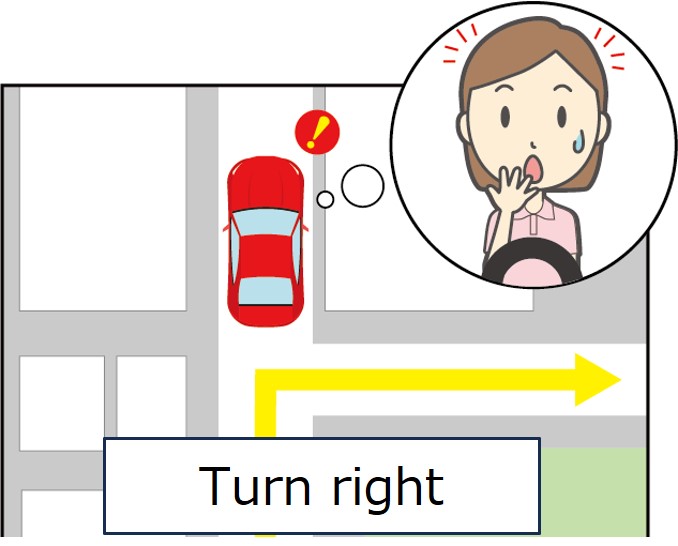 |
We are currently developing a technology that delivers information to vehicle occupants through virtual haptic sensations. By individually controlling the timing and intensity of vibrations from multiple actuators assembled within the seat, we can present information not as isolated points, but as continuous lines. This enables the transmission of directional cues, as well as simple characters and numbers, through haptic feedback.
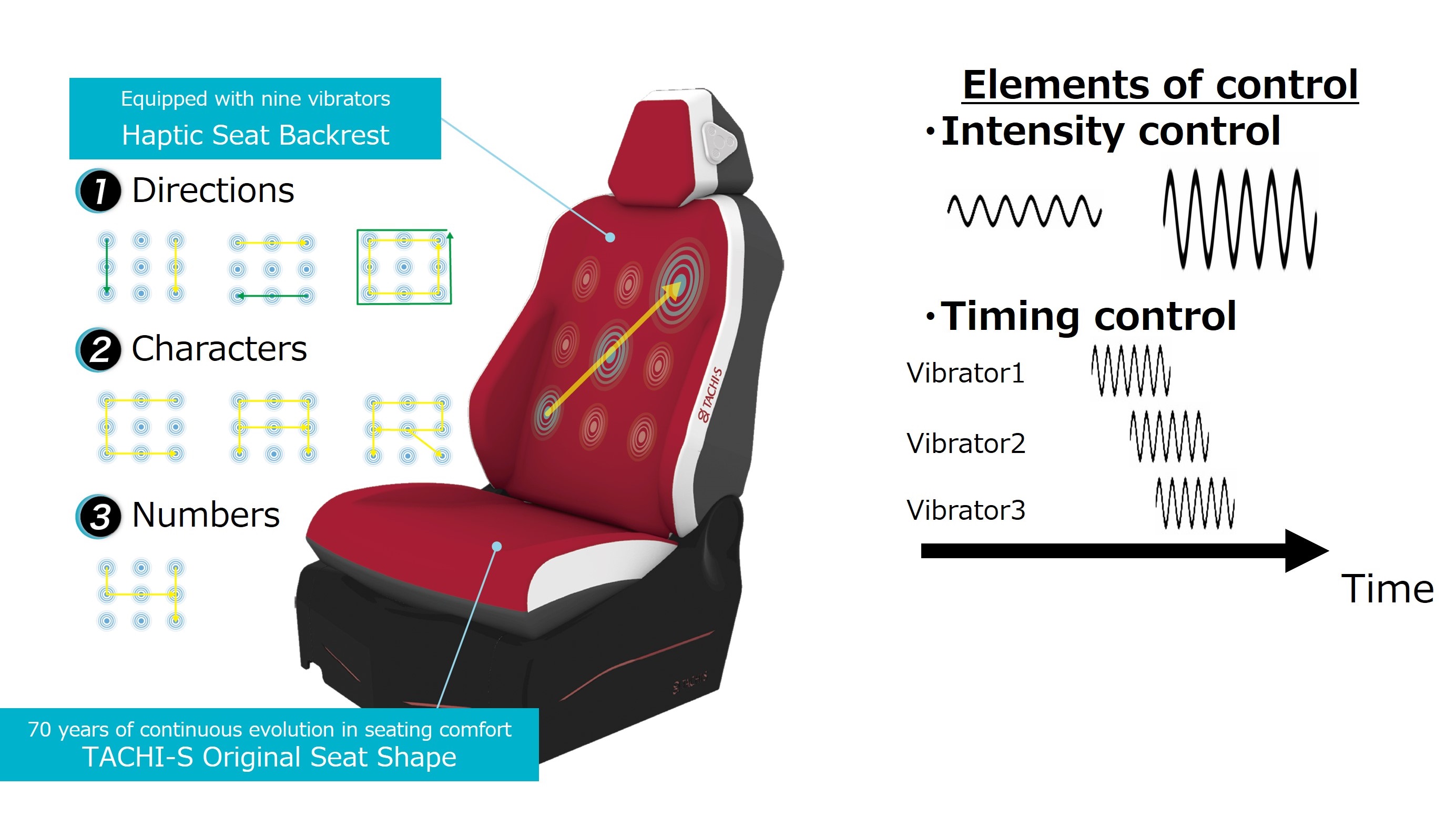

Progress
Moveable My Room
“Moveable My Room” is based on the concept of “My room that is Moveable yet giving you personal living space", aiming to realize a space where you can behave in the same way as normal life, and a space where you can move individually . From the image of "the interior of a car is narrow and cramped!", it is reborn as a wide and luxurious space that does not seem to be a passenger compartment by mounting a stretchable seat on the wall slide and sliding door.
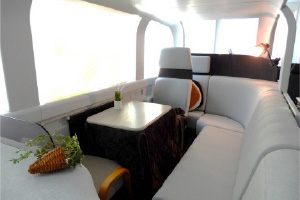
Moveable My Room
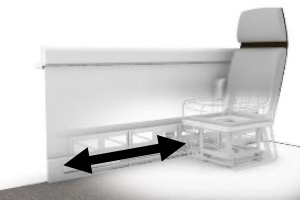
Wall long slide
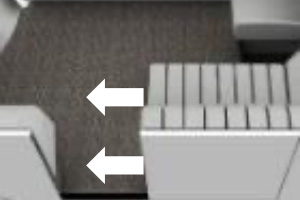
Sliding door interlocking telescopic seat
As a space that can coexist with your home and increase the value of your life, we envisioned it as a "living room + α (joy)", a space that can be enjoyed by a large number of people such as family and friends, and a comfortable and comfortable space that is uniquely yours. You can enjoy the space in each situation.
We are also proceeding with development that envisions a future in which autonomous driving progresses and the space inside the vehicle can be used more freely.
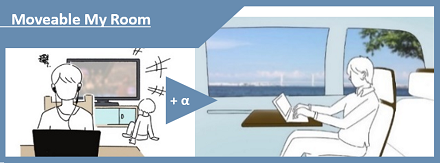
Moveable My Room
Desk work-centered space Work, study, sometimes take a breather ...
When you want to concentrate and work
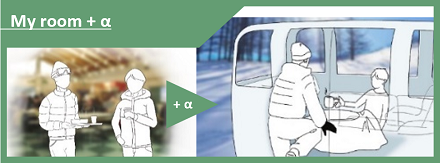
My room + α
Meeting with close friends / as a means of transportation and room for travel
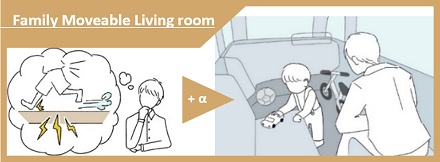
Family mobile living room
Spend time with kids without worrying about the people around.
As a second living room.
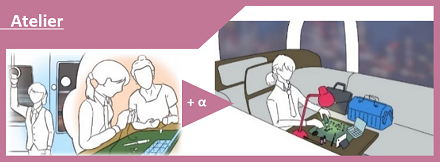
Atelier
A space of your own where you can immerse yourself in your hobbies
Smart Switch
As vehicles become increasingly multifunctional in the future, the number of operational tasks required of occupants is expected to rise accordingly. To reduce the burden on users, there is a growing need to minimize reliance on physical switches.
Conventional seat switches are typically located on the lower side of the seat cushion and require manual operation without direct visual confirmation. Occupants must reach for the switch and adjust the seat position from an unstable posture that differs from their normal driving position. As a result, even if the adjustment seems correct at the time, the seat may feel slightly misaligned once the occupant returns to their driving posture. To address these challenges, we are developing an interface that allows intuitive operation from a natural hand position while reducing the need for physical manipulation.
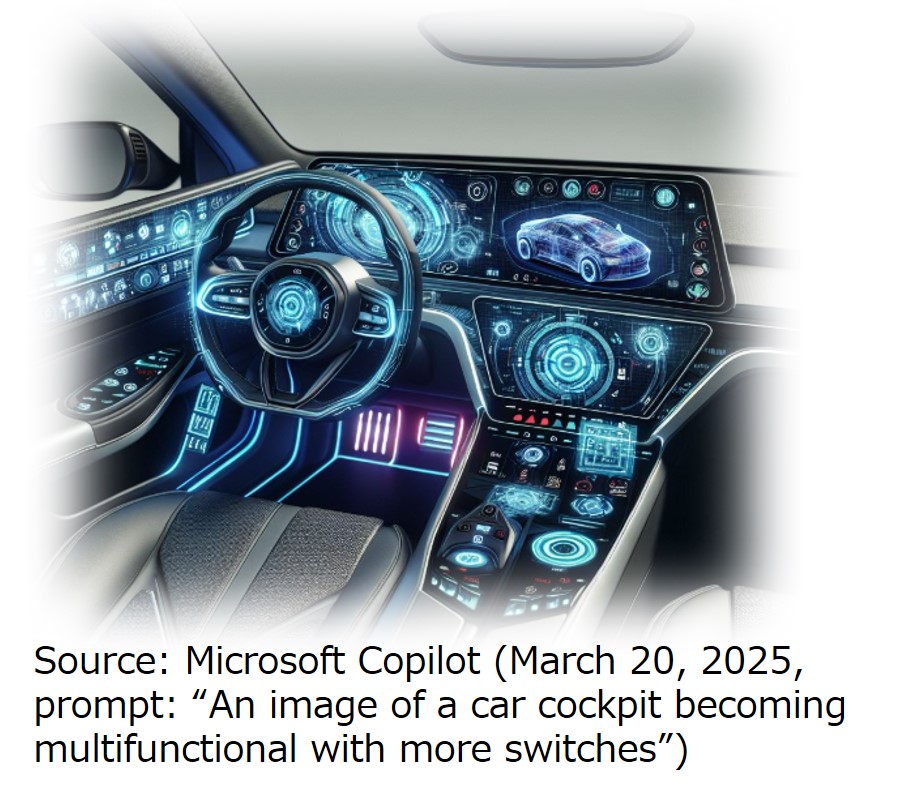 |
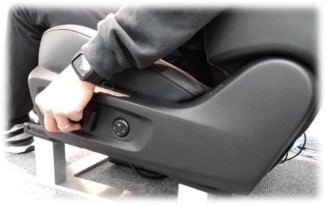 |
| Many physical switches in cabin |
Conventional operation of seat switches |
By enabling the operation of multiple devices through a single interface, we aim to reduce the number of operational tasks required of occupants. Placing switches on the armrest allows for intuitive, hand-level access, significantly improving accessibility. Furthermore, assembling switches within the armrest enhances design flexibility, enabling more seamless and aesthetically integrated interior layouts.
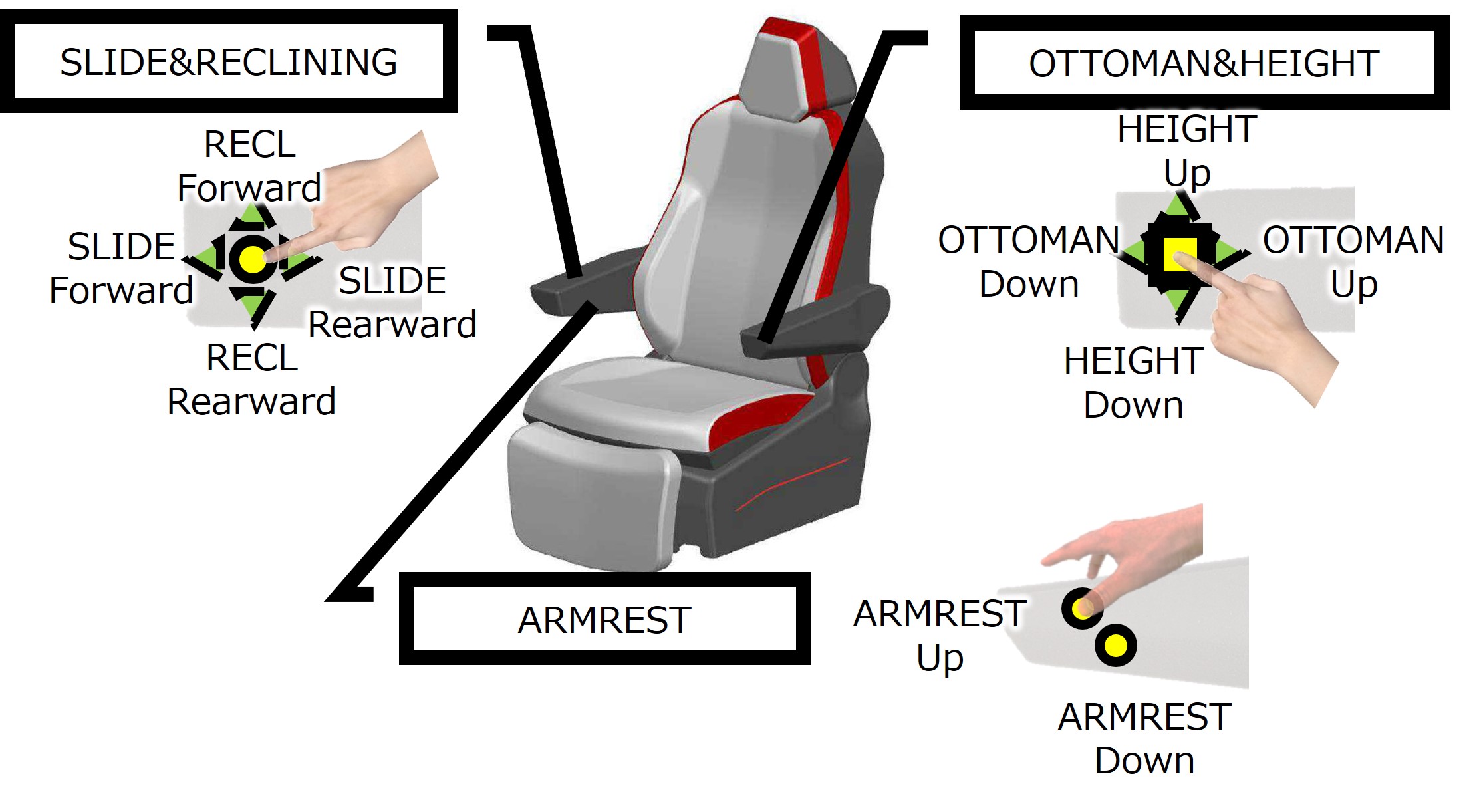

Progress
Swivel Mechanism
As autonomous driving technology continues to evolve, the vehicle cabin is expected to become a space diversifying in how spend time within the vehicle cabin. In response to this shift, we identified the need for a device that can seamlessly transition between private space and interpersonal communication within the cabin. It led to the development of a seat rotation mechanism.
When the driver and passenger seats rotate inward, occupants can see each other's facial expressions, enhancing communication through non-verbal cues. Conversely, rotating outward allows occupants to remove others from their sight, creating a sense of personal space and offering a clearer view of the outside scenery—contributing to a more relaxed environment.
Our research has shown that a rotation angle of just 20 degrees inward or outward is sufficient to achieve these effects. We are currently advancing the development of a compact rotation mechanism capable of delivering this functionality.
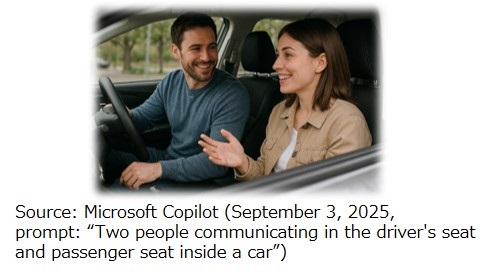 |
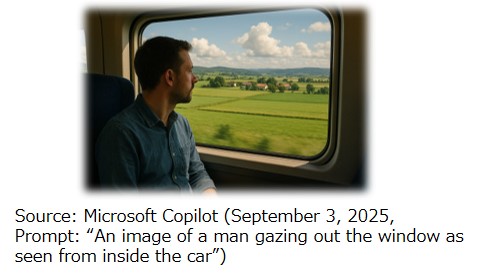 |
| Communication scene |
Private scene |
By utilizing the existing slide mechanism integrated into conventional seats, we have developed a space-efficient and lightweight rotation system.
Thickness :50% reduction against other companies
Weight :The lightest model in Power mechanism
※Based on our internal research, except for SLIDE mechanism

Progress